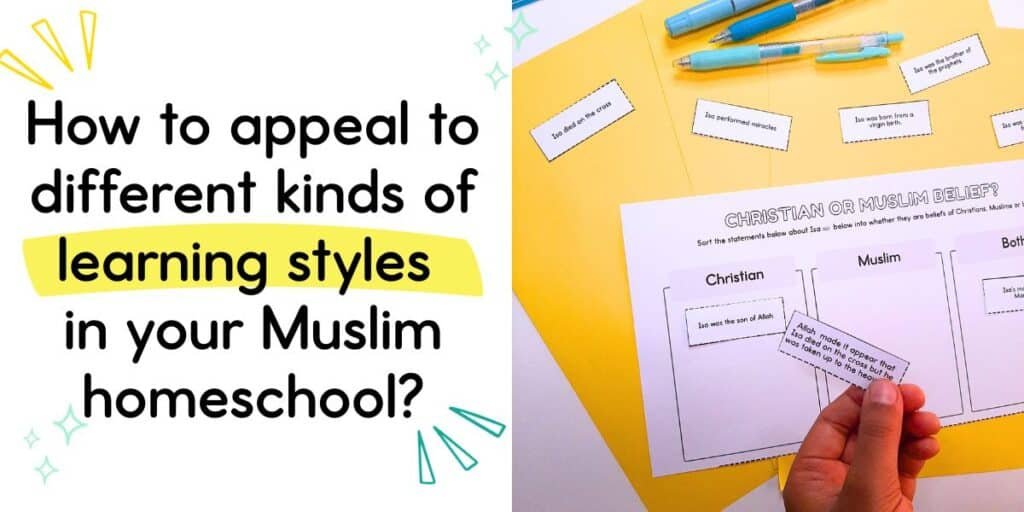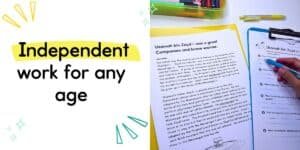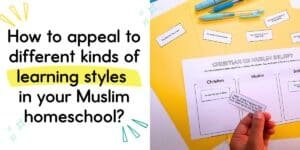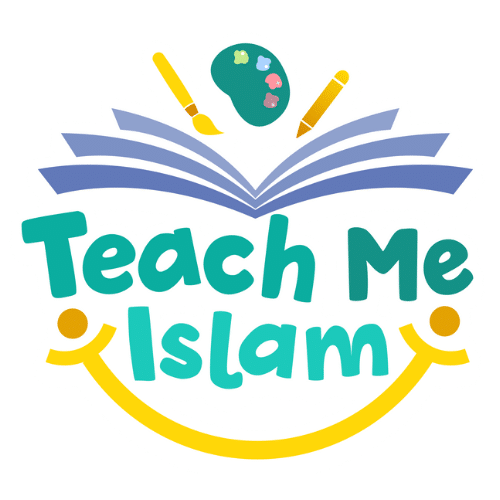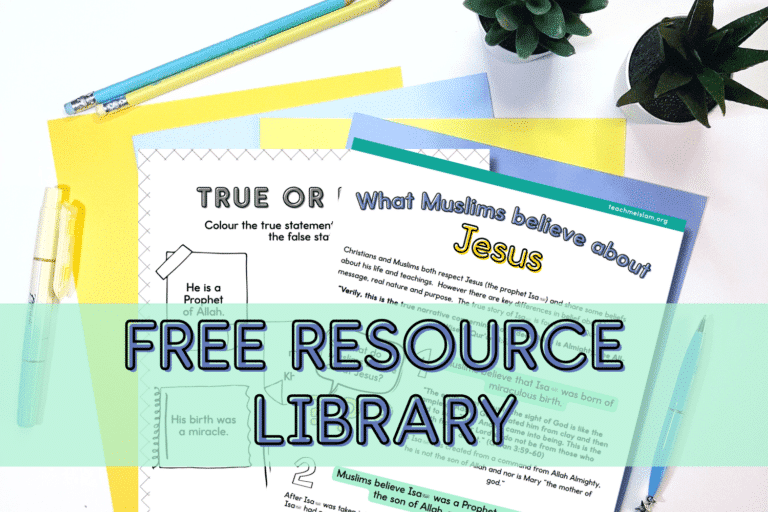The ability to accommodate each child’s learning style is one of the key advantages of homeschooling. Catering to varied learning styles is an educational ideal that is not possible when class sizes are large and staff is limited. The most elite services and products are always personalised. Whether it is tailored clothing, customized car interiors or a personal healthcare plan, if it is designed for a particular individual, it is always more valuable and highly sought after. This is true of education too and one of the ways that education can be customised and tailored for individual children is by appealing to their learning styles. It’s styles plural and not singular because the old theory that children can be classified as a particular type of learner is outdated. People aren’t just visual learners for example but there are definitely some students who like to learn in that way. They could prefer to learn visually and kinesthetically. Here are ten ways to tailor your homeschooling to your child’s learning styles.

The Visual Learning Style
An easy way to appeal to visual learners is to use visual aids. These can include infographics, diagrams and videos. For younger children, flashcards and posters are easy examples of visual aids you can introduce to almost any lesson. Powerpoint presentations with lots of images are great for presenting information visually. The free Masjid Al-Aqsa virtual field trip presents information about Al-Quds with lots of pictures that help engage visual learners. You can download it for free here.
Older kids can benefit from infographics and diagrams. Instead of just learning a series of facts about Africa for example, ask students to create an infographic that presents that information visually. These can be used for Islamic studies as well, a mind map of mahrams for example can help students make sense of information that may have previously found complicated. An example of using videos in Islamic studies would be videos of the Haramain or even this video of animals in the Quran where kids guess the animal mentioned in the Quran based on its sound.

The Auditory Learning Style
You can appeal to the auditory learning style in your homeschool by reading aloud frequently. Instead of asking your children to read biographies of the Companions, you can read them out and spark discussions by asking thoughtful open-ended questions.
Explain concepts verbally rather than always referring to what is written on the page. Our Messenger (may Allah raise his rank and grant him peace) taught Islam to his companions without writing books but instead through his speech and actions.
Another great tool is the question-and-answer approach. You can learn more about how this technique was used by the Messenger in this amazing talk here. It is mentioned around 24:10 although the entire series of lectures is gold for any parent or teacher.
Alhamdulillah there are so many talks available online. Here is an example of a beautiful Islamic talk for kids titled Uncle Moosaa & the Kids: The Leper, the Bald Man, and the Blind Man.

The Kinesthetic/Tactile Learning Style
Kinesthetic learners really engage with experiments and crafts. The homeschool staples of lapbooks are great for this learning style. They can use their hands while creating them and then use their hands when opening the flaps etc to review the information. This pillars of Islam lapbook has been a hit in my house.
Worksheets that include cutting and sticking are also great for this type of learner. An example would be the timeline cut and stick activity that is part of each Mothers of the Believers biography pack.
You can also incorporate movement into lessons. There are two brilliant but simple games that easily introduce movement and make review fun.
Bucket ball is a game where you ask questions or hold up flashcards and if they get it correct they get a chance to throw a ball into a bucket. It’s amazing how kids of all ages love this game and you can easily adjust it for age and ability by moving the bucket closer or further and varying the questions. You could use the review question cards from the 10 Promised Paradise game for example or for younger kids ask them to identify Arabic letters.
Another game is when you place flashcards around a room and ask kids to run to the correct answer. I used this first with sight words ‘run to THE’. You can vary it by changing the movement, crawl to the letter ق, hop to the letter ش.
For older kids, you can incorporate movement breaks through out the day/lesson.

The Reading/Writing Learning Style
Reading and writing learners are probably the easiest to cater to because that is just how so much of the information we consume is presented. Plus the wealth of traditional resources are in written form such as textbooks. A thoughtfully curated book collection is ideal for this learning style. You can read more about carefully selecting non-fiction texts here.
Journaling, note-taking and writing assignments are also perfect for this type of learner.

Multisensory Approaches
You also don’t need to focus on just one kind of learning style. Instead, create lessons that cater to many different learning styles. This might sound like a lot of work but it doesn’t have to be very complicated. You could start a lesson with a presentation that includes pictures, sounds/speaking and some text for example.
Another sense you can include is smell for example make Moroccan mint tea when learning about North Africa or burn some oud when studying the Arabian Peninsula.
The Mothers of the Believers series is an example of resources designed with different learning styles in mind. You can read the passage aloud or ask your child to read it independently, then there are a variety of worksheets that include cutting and sticking, a maze and a poster craft. The review pack also includes a fun board game.

Free resources to help you in your Muslim homeschool
I hope you have found these tips for appealing to different learning styles in your Muslim homeschool helpful. If you would like to get a FREE resource that appeals to both visual, tactile and reading/writing learners then join the mailing list here to download a fun All About Me pack and gain access to the free resource library.
Here are some other blog posts you may be interested in:
Fun ways for kids to show what they have learned about Islam

